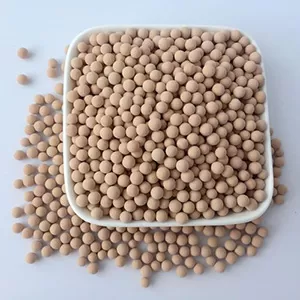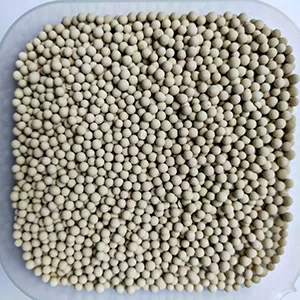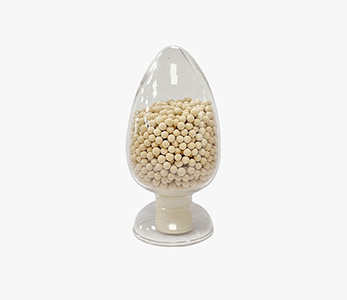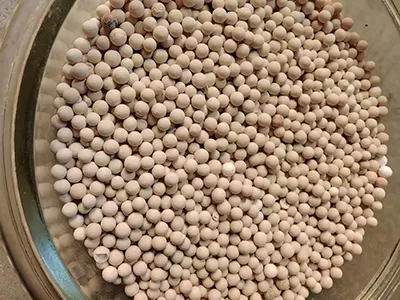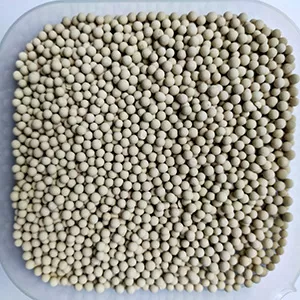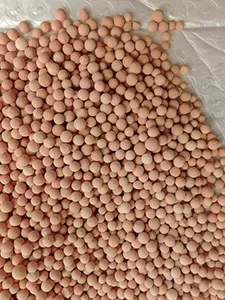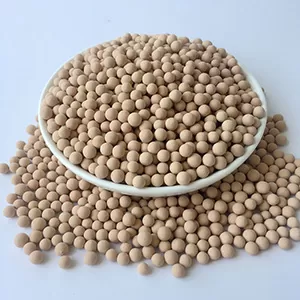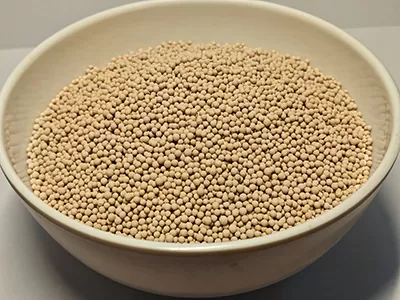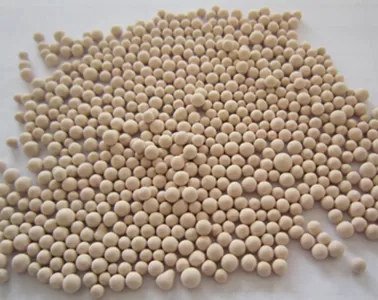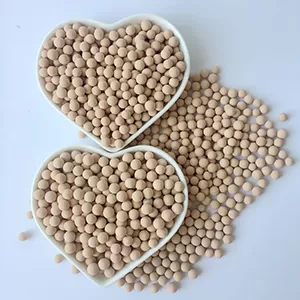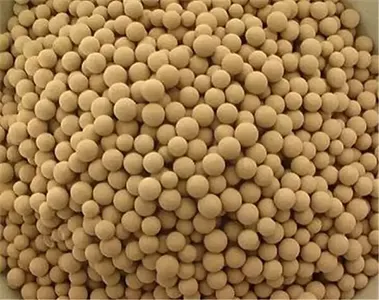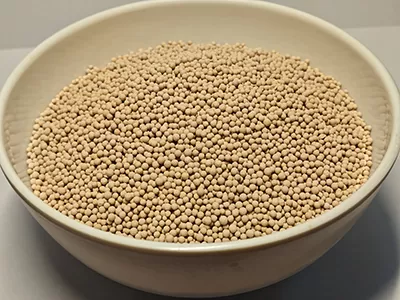Water Adsorption Capacity of 3A Molecular Sieve
The water adsorption capacity of 3A molecular sieve typically ranges from 20% to 25% of its own weight, depending on fac...
View detailsWhat Is 3A Molecular Sieve?
3A molecular sieve is a type of aluminosilicate adsorbent with uniform 3-angstrom pores, designed to selectively adsorb ...
View detailsCharacteristics and Applications of 3A Molecular Sieve
3A molecular sieve is characterized by its 3-angstrom pore size, selective adsorption of small molecules like water, and...
View detailsService Life of Lithium Molecular Sieve and Sodium Molecular Sieve
The service life of lithium molecular sieve and sodium molecular sieve differs, with lithium sieve typically lasting 2–3...
View detailsWhich Molecular Sieve Is Used for Hydrogen Production?
For hydrogen production, 5A molecular sieve and carbon molecular sieve are commonly used, as they selectively adsorb imp...
View detailsWhich Molecular Sieve Is Used for Ethanol Dehydration?
The molecular sieve commonly used for ethanol dehydration is 3A molecular sieve, valued for its ability to selectively a...
View detailsCan Lithium Molecular Sieve and Ordinary Molecular Sieve Be Mixed?
Lithium molecular sieve and ordinary molecular sieve are generally not recommended to be mixed, as their differing adsor...
View detailsWhat Can Molecular Sieve Adsorb?
Molecular sieve can adsorb a wide range of substances, including water, gases like CO₂ and O₂, and organic compounds, wi...
View detailsMolecular Sieve Activation Methods
Molecular sieve activation methods involve removing adsorbed moisture and impurities via heating, pressure swing, or gas...
View detailsDifferences Between Lithium Molecular Sieve and High-Efficiency Molecular Sieve
Lithium molecular sieve and high-efficiency molecular sieve differ in composition, adsorption targets, and performance: ...
View detailsOperating Pressure Range of Lithium Molecular Sieve
The operating pressure range of lithium molecular sieve typically spans 0.1 to 1.0 MPa, with adjustments based on target...
View detailsWhy Is Molecular Sieve Used in Catalytic Cracking?
Molecular sieve is employed in catalytic cracking for its shape selectivity and acidic sites, which enable precise contr...
View details

